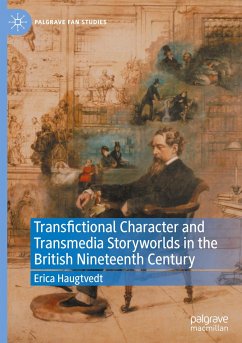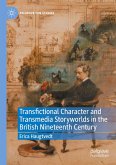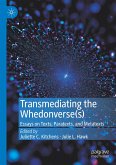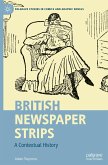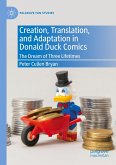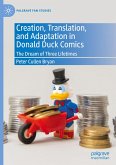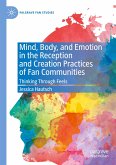This book is a study of how transfictional and transmedia storytelling emerges in the nineteenth century and how the period's receptive practices anticipate the receptive practices of fandom and transmedia storytelling franchises in the twentieth and twenty-first centuries. The central claim is that the serialized, periodical, and dramatic media environment of the late eighteenth century through the nineteenth century in Great Britain trained audiences to perceive the continuous identity of characters and worlds across disparate texts, illustrations, plays, and songs by creators other than the earliest originating author. The book contributes to fan studies, transmedia studies, and nineteenth-century periodical studies while also interrogating the nature of fictional character.
Erica Haugtvedt s Transfictional Character and Transmedia Storyworlds in the British Nineteenth Century applies the framework of fan studies to nineteenth-century novel fiction. Haugtvedt draws a broad range of insights from reception theory, cognitive narratology, and media history to examine a set of specific receptive practices around fictional character. As her introduction makes clear, however, the interdisciplinary bridge this book seeks to build is primarily between fan studies and novel studies, and its most innovative ideas are found in that bridging. (Timothy Gao, Victorian Studies, Vol. 66 (3), 2024)

